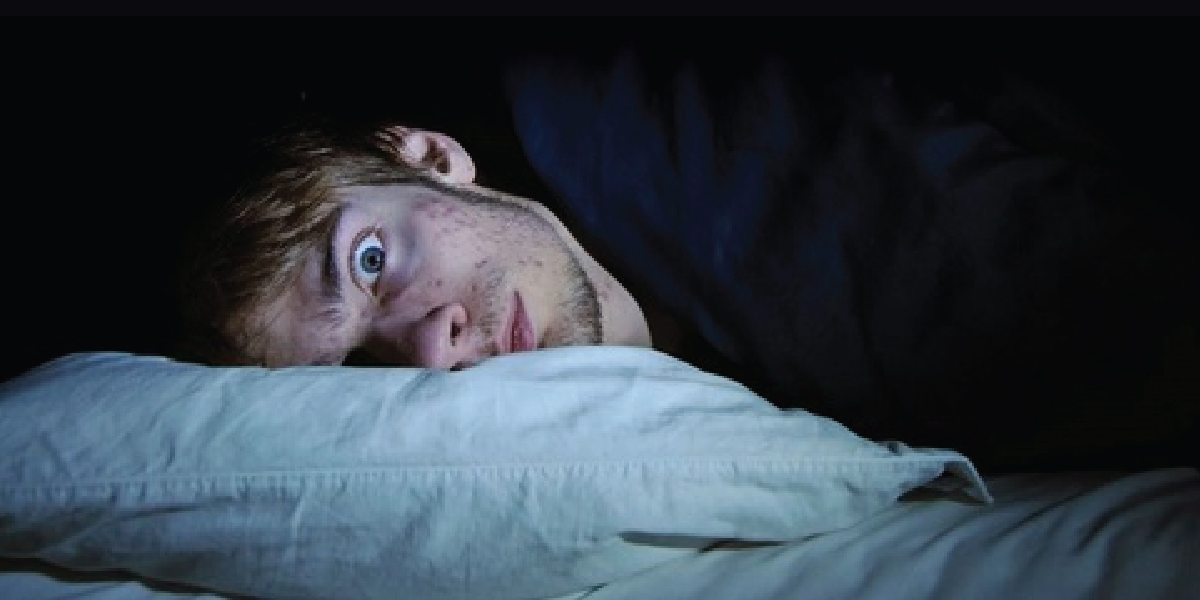Parasomnia

What is a Parasomnia ?
Abnormal behaviours during sleep can take many forms. The most common forms are sleep walking and sleep talking, but other examples include acting out dreams, eating during sleep, or yelling out during sleep. Collectively, all of these behaviours are called parasomnias.
What causes Parasomnia ?
Parasomnias occur for a range of reasons, and treatment involves determining whether the events arise from non-REM or REM sleep and whether events occur spontaneously or are triggered by other sleep disruptions such as due to sleep apnea or leg movements during sleep. For this reason, a sleep study is an important part of evaluating parasomnias, and even if there is no abnormal behaviour on the night of the sleep study, there are subtle features on a sleep study that can give insights into the cause of parasomnias.
What treatments are available for Parasomnias ?
Parasomnias that arise out of non-REM sleep usually arise in childhood and continue in adulthood, but reduce in frequency with age. Often these parasomnias can be sufficiently reduced by avoiding alcohol and sleep deprivation, but if needed, they usually respond to medication. REM related parasomnias, such as the Rem-Sleep Behaviour Disorder (RBD) more commonly come on in middle-age, and if frequent or disturbing to bed partners require treatment with medication. Sleep apnea or leg movements during sleep can worsen both non-REM and REM parasomnias, so if these conditions are present treating them can help to reduce the frequency of parasomnias.
